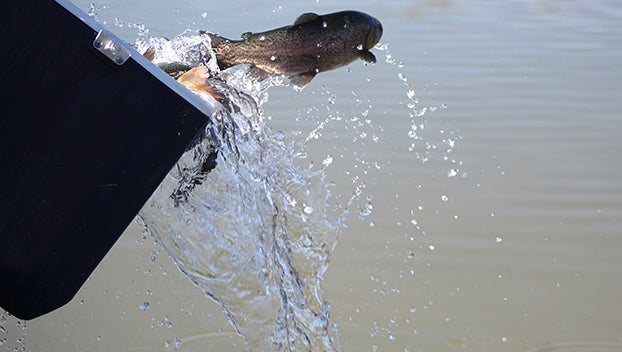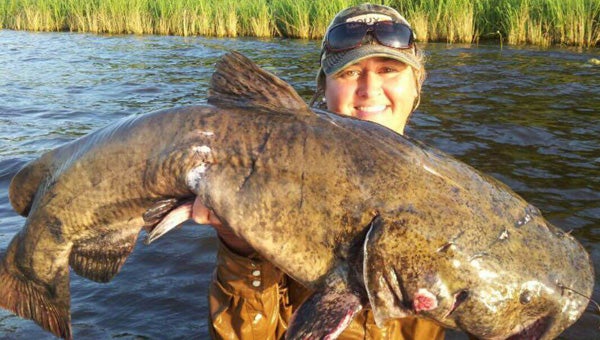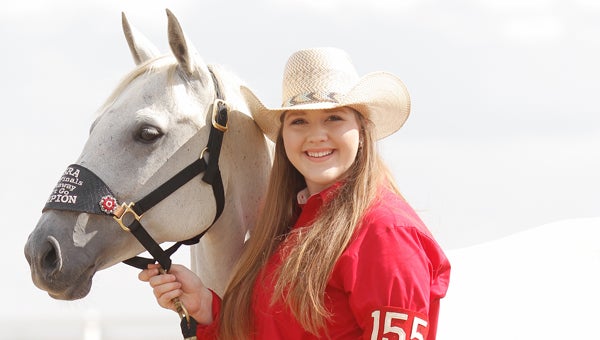Continuous cold brings back memories
Published 12:01 am Sunday, February 9, 2014
Brutal and relentless, the cold weather continues.
While people north of us may laugh at our lows in the 20s and highs in the 40s, it is not the same cold feeling in the South as they have up North.
I have been in the Smoky Mountains standing in 3 feet of snow in 12-degree weather, and it sure does not feel like it does in this area when it’s in the 20s. Be it the humidity or whatever, when it’s cold in the South, it is cold.
The lake water temperatures remain basically unchanged. We have not had the sunshine to gain any degree in water temperature. The lakes average 43 to 48 degrees with some backwater pockets, and on sunny days around 50 degrees.
That is just too cold to allow the fish to move to thin water in preparation for the spawn. I had to go back through thousands of newspaper and magazine articles to find a winter like this. It was about 30 years ago when Lake Concordia was covered in 1/4 an inch of ice from end to end and shore to shore. Not being one that likes land, my long-time fishing partner of that decade called me up with a, “Let’s go fishing.” I answered, “Can’t. Lake is frozen over.”
He said, “Yes we can.” I told him I was not busting ice with my boat, so he brings his boat. We launched on Concordia and crunched up the lake so loud it sounded a like a D9 caterpillar plowing through the woods in low gear at wide open throttle. The ice was shifting several hundred yards ahead of us. Lakefront property owners walked out on their piers to see who the idiots were.
Now the question is, how do you get a lure though 1/4 to 1/2 an inch of ice? For some odd reason, the water under the lager piers remained unfrozen. We could not deploy the trolling motor because of the ice, so we used his outboard to move and bust ice from pier to pier.
It was really neat. We were casting the jigs, sliding them across ice to the far corners under the boathouses to areas that had never seen a lure — and hopefully to a big ole bass that might be willing to eat. We cast, moved, cast and moved. I would like to end this by saying we caught fish, but I would be lair, and I write no lies.
Nope, we did not get a bite, but we got our water fix. I believe it was the following week of that same year when big brother and I made a drive to Lake Bruin. If I had to guess I would say it was the winter of 1982, but I am not real sure. Anyway, the cypress trees on Lake Bruin were draped in 2- to 3-feet long icicles. We had no clue that we were about to stumble upon a pattern that would produce hundreds of bass and a pattern that would remain very quiet for a couple of years before becoming public knowledge.
Big brother and I did the norm, casting Stanley Jigs with Uncle Josh 260 pork eel trailers and occasional used U4s and U3s. This is probably foreign language to the young guns that are now fishing when I speak of this jig trailers. Two or three hours later, fishing 38-degree water, we had not a bite. Zero strikes. Nothing, not even a slight bump.
I was a part-time fishing guide on Toledo Bend at the time. We farmed during the season and stayed at the fishing camp on The Bend in the winter, so my guide trips were all cold water, deep water fishing trips. An old veteran guide stopped by to check on my clients and I. We were not catching much. He tossed a half dozen Rat-L-Traps in my boat and pointed toward the flats just south of the Highway 6 bridge and said, “Go there.”
We did, and we boated more than 50 bass. On that day on Bruin, I pulled the same Rat-L-Trap rig out, headed to the flats on Lake Bruin and we quit counting bass at 101 — and that is the truth.
Those days are gone now. The coontail moss is no longer in our lakes, and with no moss, the bass population plummeted. I do have what no one can take away: great memories.
Stay warm and keep your hooks sharp. It will not be much longer and this brutal winter will be gone. Good fishing to all!





